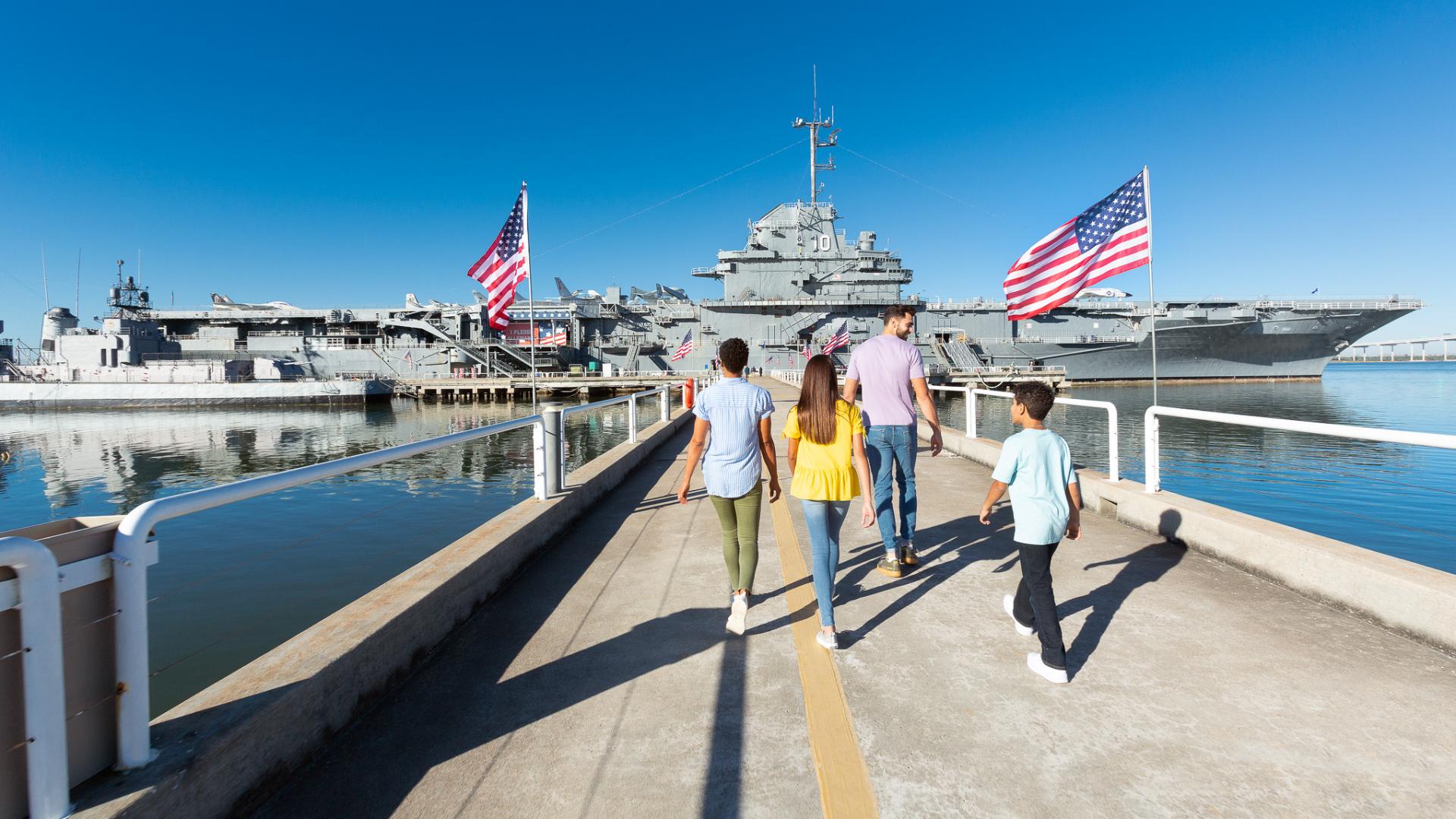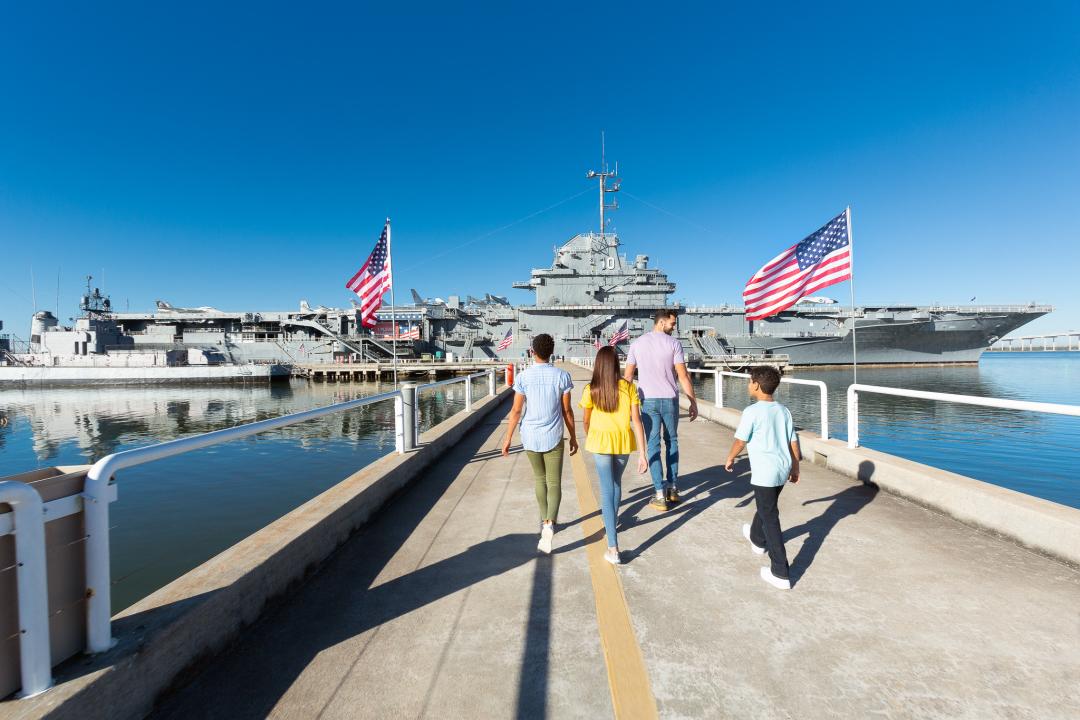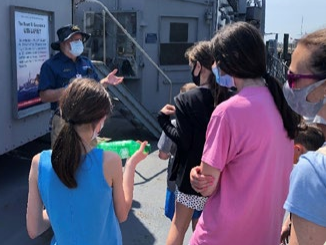
“I am actually just an old introvert, engineer sort of guy,” Bill explained to me, “who liked to tinker with technology rather than deal with people.” But knowing Bill, and seeing him in action interfacing with the general public coming across the gangway onto the Laffey, one would never know that about him. He is a consummate ambassador to our guests and visitors.
Growing up in the Napa Valley of California when there were just 16 wineries in the burgeoning new wine industry, Bill had a dream of earning an Electrical Engineering degree after graduation from high school in 1972. How to make that happen was his challenge. He saw the opportunity to enlist in the United States Navy as a way to gain technical training in electronics. It just so happened that his Navy recruiter was a Sonar Technician, and he steered Bill in that direction as a route to getting the training and education he desired.
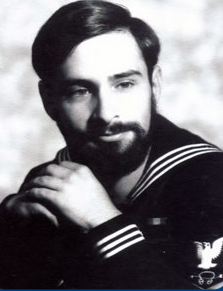
Aboard the Peary, Bill was an operator and trainee, tasked with operation, repair and simple maintenance of various sonar, ancillary and electro-hydraulic shipboard systems. Sailing with the USS Oriskany (CVA-34) in the western Pacific, his ship provided screening duties at Yankee Station off Vietnam and was called upon to sail with the Oriskany task force into the Indian Ocean when it was called to the Middle East during the 1973 Egypt–Israeli war. During this time, they “rubbed up” against Foxtrot Class Soviet subs snooping in the area. As his tour of duty was coming to an end, Bill reenlisted in 1975 specifically to be able to get more schooling. His timing was right and he was to be trained on the more advanced AN/SQS-53 system, in preparation for assignment to the crew (called the pre-commissioning or PreCom crew) charged with commissioning the latest addition to the fleet of Spruance-class destroyers, the USS Comte De Grasse (DD-974).
Bill embarked on a long course of technical and operational training that included a 16-week school in intermediate electronics and over a year of other schools, as well as training in operation and maintenance on the various new systems on which he would become intimately familiar. Through a friend-of-a-friend, Bill was temporarily assigned to the USS Spruance (DD-963), the namesake of the class of ships on which he was to be deployed, while the Comte De Grasse was being completed. After completing his training in both the classroom and at sea aboard the Spruance, Bill finally rejoined the PreCom crew of the new destroyer in July 1978. He eventually rose through the ranks to Division Leading Petty Officer (STG1) on the Comte De Grasse where he supervised technicians and operators in the operation and maintenance of all sonar and ASW weapons control and support systems equipment. From Dec 1976 until May 1981, Bill finished out that second tour of duty with nearly 10 years on active duty, and he was now ready and anxious to move on to the next phase of his career and finally go after that elusive EE degree with the help of the G.I. Bill.
Already established with a number of defense contractors in Norfolk, VA, Bill enrolled at Old Dominion University and over the next 8 years completed the degree program leading to his Bachelor of Science in electrical engineering in addition to continuing to work in civil service and as a defense contractor in the Tidewater area. While in school, Bill also did a two-year stint part time as a student counselor for Veterans Affairs. He and his wife, Mary, also juggled a busy schedule of work, school and raising a family as they welcomed the birth of their son, Nathan, and daughter, Laura, while continuing to work towards his graduation in Dec 1990.
He and his family moved to Charleston, SC, in 1998, when he accepted the position of Project Engineer for AMSEC LLC, in C4I (Command, Control, Communication and Computer Information) systems. He then “turned to the dark side” becoming a civil service employee at Space and Naval Warfare Systems Center (SPAWARSYSCEN) Atlantic in 2000.
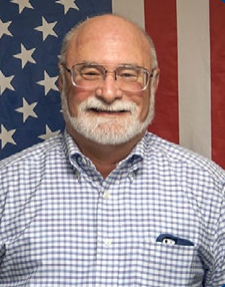
He was a Project Manager for Lockheed Martin Services Group, over two years as an AN/SQQ-89(V) Surface Ship Anti-Submarine Warfare (ASW) Combat Systems Project Engineer and one year as Site Manager with Alliant Techsystems, Inc. Bill spent five years with Eldyne, Inc. as an AN/SQQ-89(V) ASW Systems Engineer, Project Engineer, QA Engineer, group supervisor and Computer systems analyst. He also spent two years with Unidyne Corporation as a Surface Ship Sonar Systems Field Engineer.
Bill has been a Patriots Point volunteer since July 13, 2017. Since joining the volunteer team, Bill has taken an active interest in learning more about the history of both the Yorktown and Laffey. He is one of the volunteers who engages with the annual work party of Laffey Association former crew members who come aboard for two weeks and also works with Brian Parsons and Dave Sowers on various projects. “I really appreciate the privilege of working on these historic ships,” he told me as we walked through the bridge of the destroyer, pausing at the sonar control room. The look on his face as we stood at the hatchway of the small cramped space reminded me of how one would look at an old friend.
